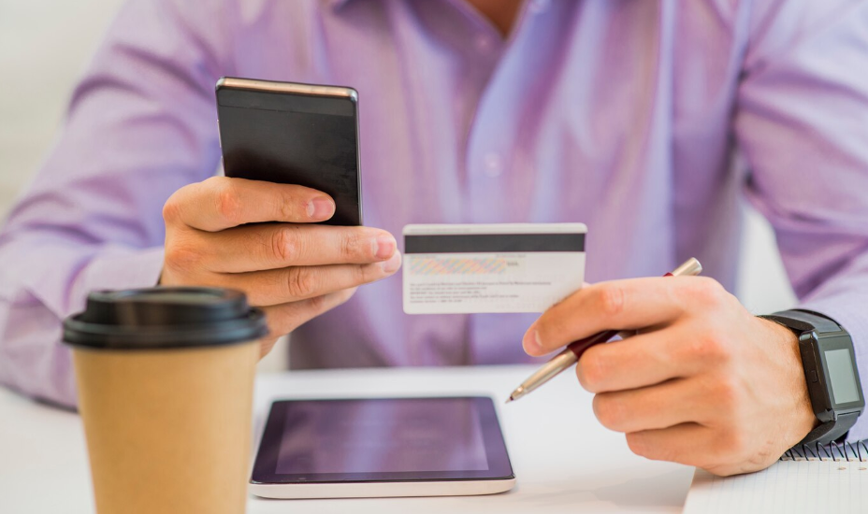
How to Check If a Website Is Safe to Prevent Credit Card Phishing
In today’s digital age, online shopping, bill payment, investing, and even donating have become routine activities. All of these actions usually involve one crucial step: entering credit card information. However, alongside the development of online payment systems, a dangerous and stealthy cyber scam has emerged—credit card phishing websites. These fake sites impersonate legitimate platforms and aim to steal sensitive information like credit card numbers, CVV codes, and expiration dates.
So, how can we determine if a website is safe and avoid falling into the trap of phishing scams? This guide explores website safety from five perspectives: URL structure, certificate security, site content, technical tools, and user habits—offering practical advice to help protect your personal and financial information online.
I. Be Alert: How Phishing Sites Disguise Themselves
Phishing websites typically share the following characteristics:
-
The appearance is nearly identical to legitimate websites.
-
Domain names are deceptively similar .
-
They lure users through SMS, emails, ads, or social media.
-
They prompt users to enter sensitive data such as credit card numbers, verification codes, ID numbers, and login credentials.
Once you fall for the scam, your money may be stolen, and worse—your identity may be used to apply for loans or open fake accounts, causing long-term consequences.
II. Key Indicators of a Secure Website
1. Check the URL Carefully
Start by checking the website’s URL:
-
Does it begin with “https://”?
Secure websites use SSL/TLS encryption. If the site only starts with “http://”, it transmits data in plaintext, making it easy for attackers to intercept. -
Is the domain correctly spelled and official?
Fake websites often use spelling tricks. Always search for the brand’s official site through a reliable search engine. -
Are there suspicious prefixes or suffixes in the domain name?
Be wary of extra words or dashes, likepaypal-secure-login.net.
2. Look for the Lock Icon and View the Certificate
Modern browsers display a padlock icon (🔒) in the address bar. Click on it to view details:
-
A lock means the website has an SSL certificate.
-
Clicking the lock shows the certificate owner, such as “Amazon Inc.” or “Paypal Holdings Inc.”
-
Beware of fake padlock images embedded on the page, which can be used to deceive users.
⚠️ Note: A lock icon ≠ 100% safety, but no lock ≈ high risk.
3. Inspect Website Design and Content Quality
Even though phishing websites may look real, they often have flaws such as:
-
Unusual page load speeds (too fast or too slow)
-
Broken links or non-clickable buttons (e.g., Help, About Us)
-
Poor translation, frequent typos
-
Blurry logos or stolen images
Legitimate websites typically include detailed pages like “Privacy Policy,” “Terms & Conditions,” and “Refund Policy,” which phishing sites often lack.
4. Be Cautious with Sites That Ask for Too Much Information
Secure websites do not:
-
Prompt you with pop-ups demanding credit card info
-
Send emails or texts with links requesting you to enter payment data
-
Ask for full payment information without any prior identity verification
Phishing sites trick you into inputting information you should not provide at that stage.
III. Use Technical Tools to Detect Website Risks
1. Online Safety Check Tools
Use these tools to verify if a site is malicious:
-
Google Transparency Report – enter a URL to check if it’s flagged as unsafe
-
VirusTotal – scans URLs for malware or phishing scripts
-
Whois Lookup Tools – reveal domain registration dates and owners. Be cautious if it’s newly registered or uses a private email.
2. Install Anti-Phishing Browser Extensions
These extensions can flag risky websites in real-time:
-
Avast Online Security
-
Bitdefender TrafficLight
-
McAfee WebAdvisor
-
Norton Safe Web
They provide color-coded risk levels and alert you before you visit dangerous sites.
IV. Develop Safe Internet Habits
Even with tools, your personal awareness is key:
1. Don’t Trust Unknown Links
Avoid clicking on links in emails, text messages, or apps like WeChat or WhatsApp—especially if they reference account anomalies, refunds, or reward claims.
2. Manually Enter Website URLs
Avoid redirect links to banking, shopping, or payment websites.
Manually type URLs or use bookmarks.
3. Enable Two-Factor Authentication & Transaction Alerts
-
Link your credit card to a mobile banking app and enable transaction notifications
-
Enable two-factor authentication on platforms (e.g., SMS codes or authenticator apps)
4. Regularly Check Statements & Credit Reports
-
Review your monthly credit card statements for suspicious charges
-
Periodically check your bank account and credit report, and report issues immediately
V. Case Studies: Learn from Real Mistakes
Case 1: Spelling Trap
A user received an email “from PayPal” stating an account issue. They clicked the link and landed on a site that looked real but had a slightly altered domain. After entering card details, thousands were stolen.
Lesson: Always double-check the URL—one letter can cost a lot.
Case 2: Misleading Search Ads
Another user searched “China Merchants Bank credit card repayment” on Google and clicked the top ad link—a fake page with a nearly identical design but a suspicious domain. After entering details, their account was drained the same day.
Lesson: Don’t blindly trust search engine ads. Think before you click.
VI. Conclusion
Phishing websites themselves are not terrifying—what’s dangerous is when users blindly trust without proper awareness or judgment. To truly protect your credit card information online, remember:
-
Don’t click unfamiliar links
-
Don’t fill out suspicious forms
-
Inspect URLs closely
-
Avoid entering payment info on public Wi-Fi or unknown networks
The internet may look clean, but deception hides beneath the surface. Staying vigilant, learning continuously, and developing healthy browsing habits are your best defenses in this digital world.



